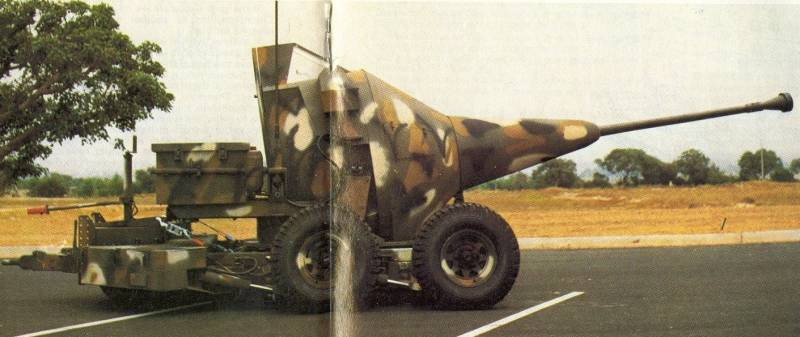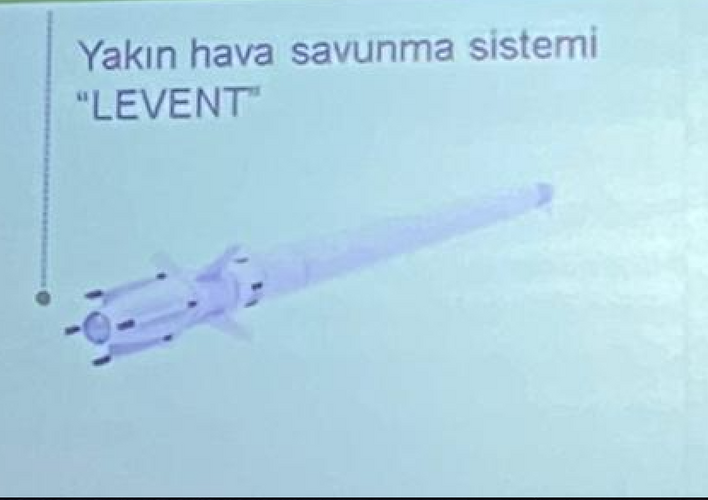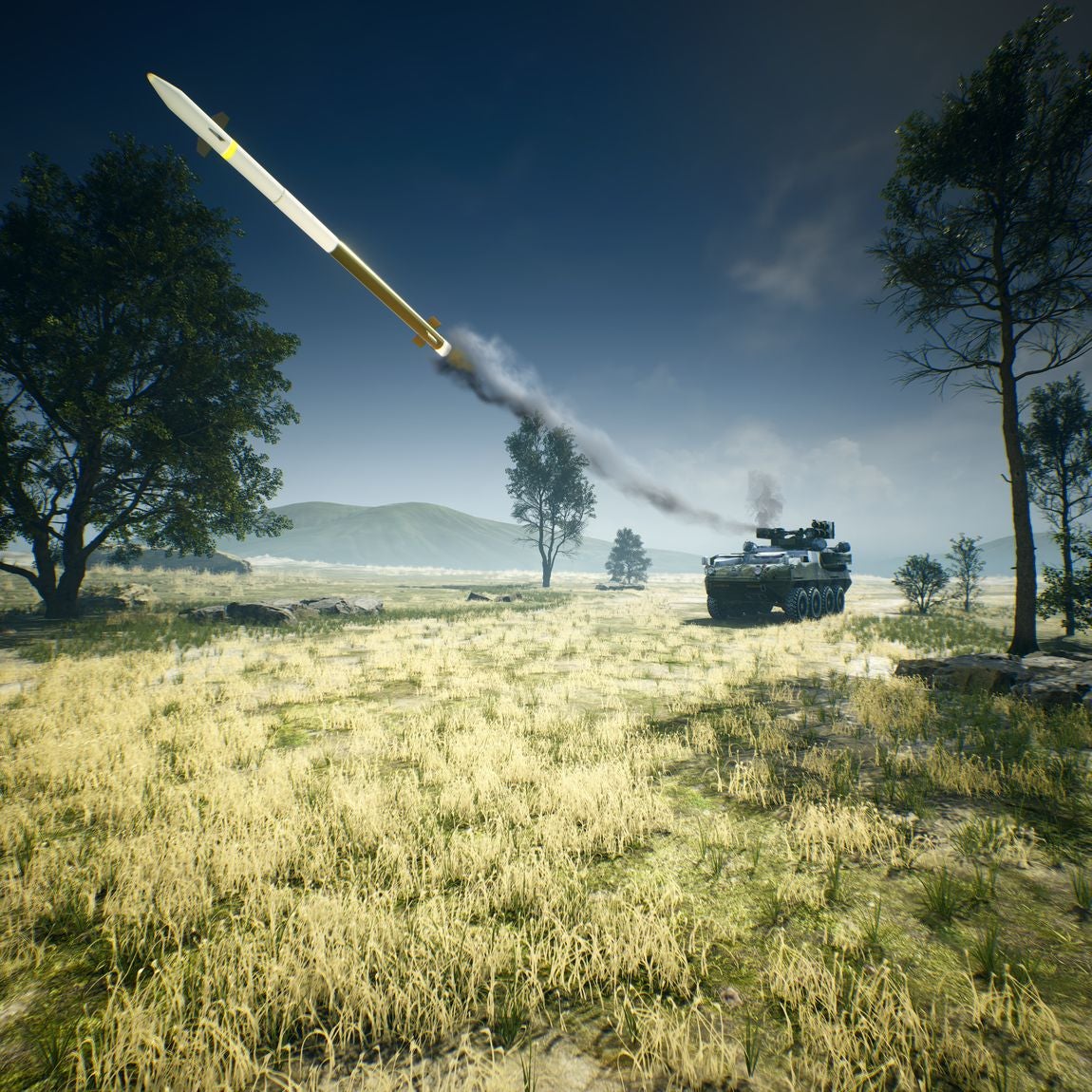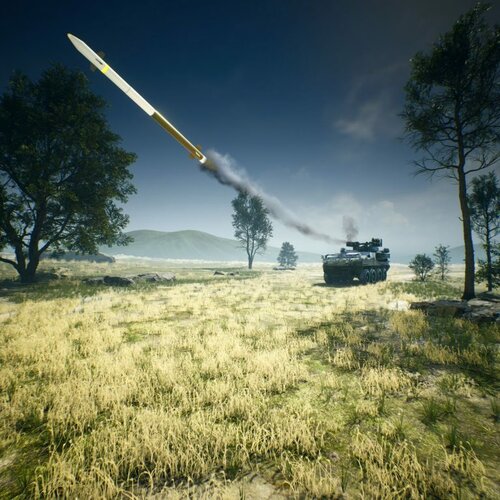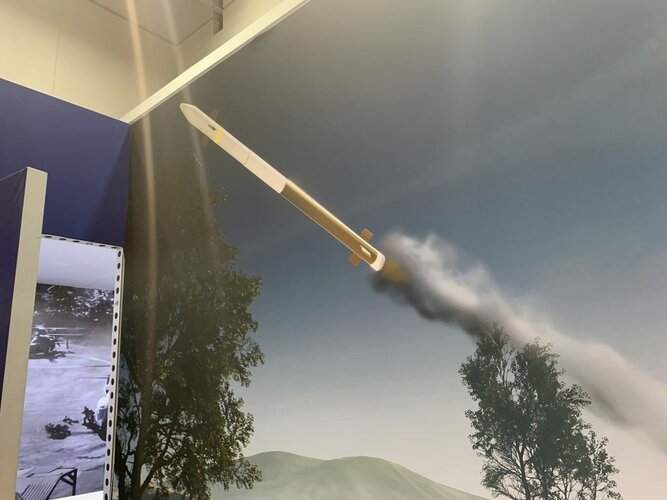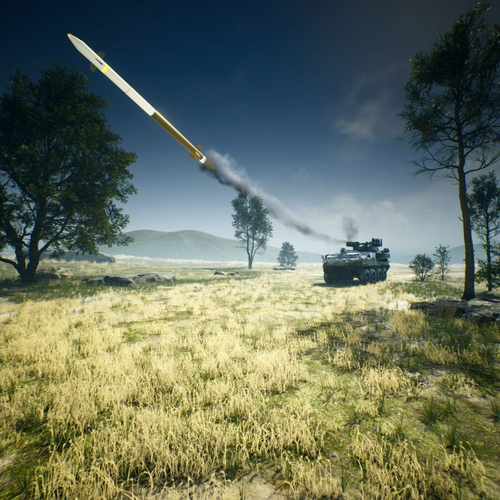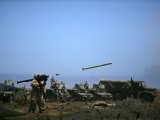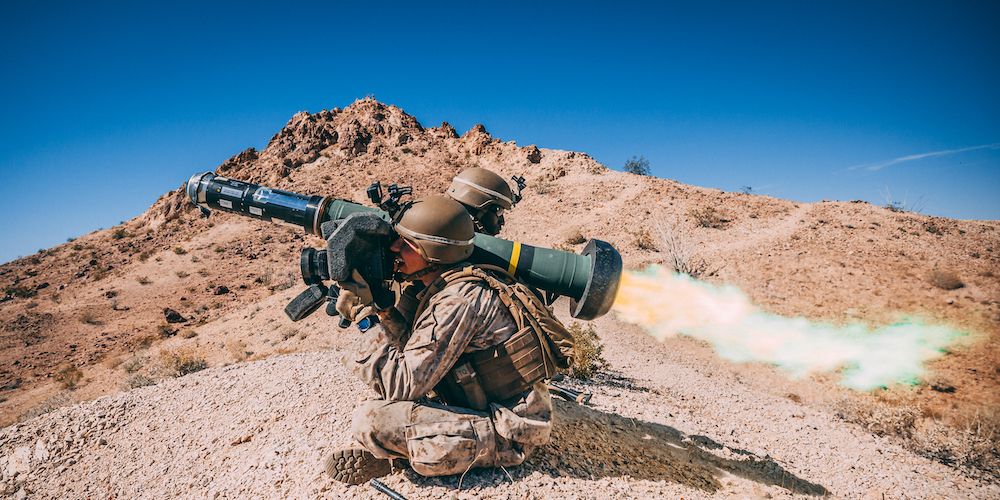And yet when the army tried out mmev they found it was the best anti air available, and did not buy because of the end of the cold war drawdown,
I'm sure they did. Nothing ADATS, or its more disturbed cousin MMEV, brought to the table is particularly useful for a Stinger replacement, though. You need to be able to carry that in your hands.
frankly I haven't heard anything bad about it
I suppose you have not looked then? The defense counsel and ministers of Canada and the defense staff were rather critical of the idea as being rather dumb. The only people who supported it in the first place were the Parliamentarians, who simply had rather primitive ideas of industrial economics. The Army wanted tracklaying tanks if it could get them and didn't particularly like MMEV because the approximately 36 MMEVs for 3 CMBGs would mean each CMBG gets about 12 vehicles.
That's enough for a single battalion out of three I guess, unless you procure additional anti-tank and reactive artillery means, and relegate MMEV to purely air defense. Which is what happened in the end, and Canada made the same choice that America did, however belatedly.
but thats probably because it never got the opportunity to be put to use like stinger has.
No, it is because the aspects of anti-tank, reactive artillery, and anti-aircraft weapons are entirely different.
MMEV's mission set covered all of those basic jobs to support MGS in "mobile offensive combat" or something because I guess Canadian politicians believe that mechanized actions resemble video games like War Thunder or something and these vehicles are literally within eyesight of each other? Not several miles away from each other and needing radio retransmission or telephone switchboards to talk.
After all, battlefields are not some lining up of figurines or large blocks of troops like a Warhammer table. They require considerations of important terrain factors, many of which are mutually exclusive to certain weapon means, and none of which can be done without this consideration. MMEV, like any other weapon, is bound to these mutually exclusive elements of the terrains. Thus, a typical battalion's equipment park of six reactive artillery pieces, four anti-tank missile carriers, and two air defense missile carriers, would require 12 vehicles to replace in totality.
These vehicles could, and occasionally (perhaps even often!) are, the exact same chassis, but they cannot be the exact same vehicles. This is quite literally impossible, as unless there is some new type of transportation method available, I have yet to see a vehicle which can exist in two places at once.
I suspect the reason for MMEV's marketing campaign aimed at extolling its "virtues" of being able to perform multiple missions or whatever was really just a lame attempt to downplay the fact that Canada was dispensing of equipment vital for its mechanized forces to fight other mechanized units, since its economy could not (and still cannot) supply the requisite vehicles. Canada's respectable defense establishment saw through this, but apparently had trouble explaining this to their civil support staffs, and one of the major criticisms of MMEV was that it was too multipurpose, and that these abilities were not as useful as advertised. When it came down to burning things on the altar of austerity, the MMEV was one of the first to go.
The same thing happened with the Leopard 1s, except people complained much louder about the lack of tanks than they did the lack of air defense, reactive artillery, or anti-tank vehicles in the Canadian Mechanized Brigades, and the Canadian government had to (rather embarrassingly!) procure some used Leopard 2s from the Netherlands instead. Which is why Canada has enough tanks for all CMBGs, and rather good ones at that, rather than the poison pill that would Stryker MGS. The maximum allotment of MMEVs was something around 32 or 36. It fluctuated at points, presumably because some of the ADATS turrets had become broken over the past decade I guess.
Thankfully for their Mechanized Brigade Groups, the Canadians have not encountered situations where lightweight reactive artillery, short-range fast-reaction air defense systems, or long-range anti-tank missile means are actually required, much less on the same vehicle, so the MMEVs would have been useless for a long time at their "main" job (reactive artillery and smokelaying, I think), and where they weren't useless, alternative weapon systems (LAV III TUA) were found.
As it stands, I have always wondered why the ADATS simply had to be a combination of two entirely opposed natures. Surely the laser ACLOS method itself was improvement enough over the Roland/Osa-type guidance method of radar ACLOS? Perhaps Oerlikon Contraves was simply not as clever as they thought they were, and in attempting to compete in both the anti-tank missile and anti-aircraft markets (pick one), they chose to try to do both and did neither instead. It truly boggles my mind.
That said, America is making new air defense vehicles using the latest version of the Canadian AVGP chassis, so it is very likely that Canada may regain some capacity in its brigades for short range air defense means in the near future, should it be able to afford placing contracts at its own factory.

